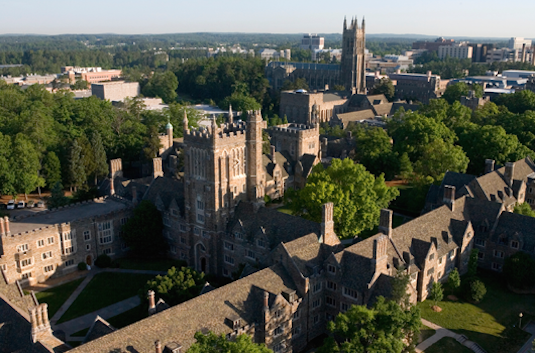The Eukaryotic Chemotaxis and the Actin System

The directed motion of eukaryotic cells in a chemoattractant gradient depends on the steepness of the gradient as well as the average concentration surrounding the cell. It was recently theoretically predicted that for a given situation the chemotactic efficacy is determined by the stochastic fluctuations of a two step process: first the binding of the signaling molecule to the transmembrane receptor and second the intracellular unbinding of a second messenger. It was suggested that the signal to noise ratio of this two stage process is sufficient to explain the chemotactic behavior. In this talk we will first introduce eukaryotic chemotaxis and the experimental micro-fluidic system for controlled chemical signals. Then we show that the stochasticity of the two step process can indeed describe the experimentally observed behavior. Then we shall transition to the dynamics of the actin skeleton of chemotactic cell. We report evidence that the actin machinery of chemotactic Dictyostelium cells operates close to an oscillatory instability. We propose a delayed feedback model that explains our experimental findings based on a time-delay in the regulatory network of the actin system. Special seminar series sponsored by the Office of the Dean of Natural Sciences and the Center for Systems Biology.Note change of location: 103 Bryan Research Building







